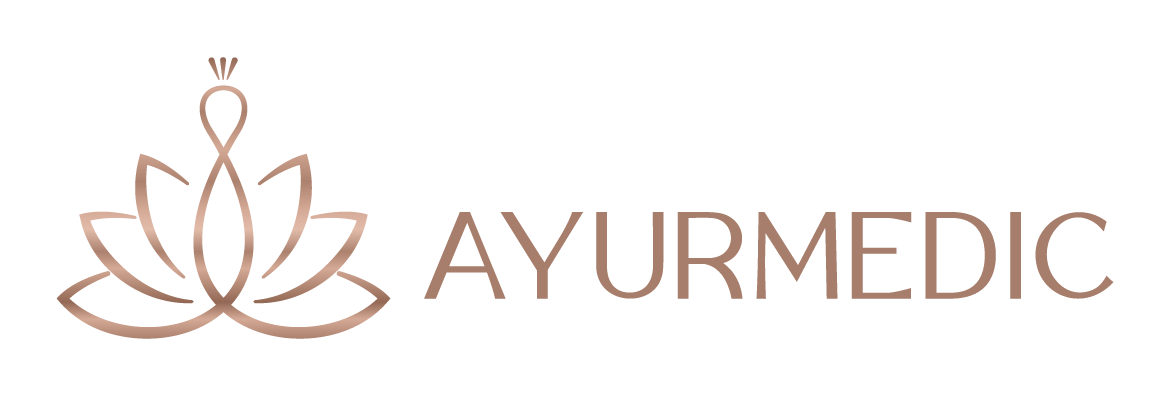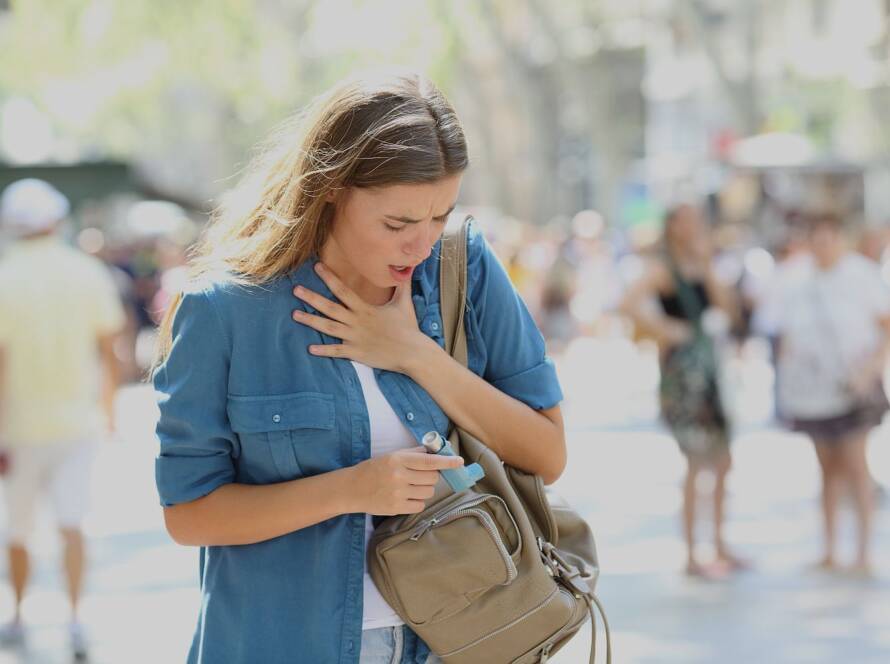Skeletal bones, ligaments, muscles and cartilage make up the human musculoskeletal system. Its main functions are musculoskeletal, haematopoietic, protective and metabolic. Musculoskeletal diseases are traditionally divided into diseases of the joints and diseases of the spine. Similar pathologies may be congenital or acquired.
Symptoms of musculoskeletal disorders include pain in the muscles, spine, joints, limited mobility, muscle hypotrophy.
The causes of these disorders are:
increased physical activity
injuries
physical inactivity
autoimmune changes
metabolic disorders
complications after infectious diseases
degenerative-dystrophic diseases (osteochondrosis, spondylarthrosis, arthritis)
inflammatory processes
The diagnosis of musculoskeletal disorders involves listening to and examining the patient, assessing the neurological condition, instrumental (radiography, MRI) and laboratory tests (for example, in the case of arthropathy). Ultrasound is used to study the cervical and lumbar spine, and to examine the ligaments, muscles, joints and tendons.
The CALENDULA Clinic focuses on the treatment of back and joint diseases. In our clinic we have developed a combination of comprehensive treatments for diseases that can influence the symptoms, their underlying causes, prevent progression, achieve long-term remission, promote bone and joint regeneration and avoid surgical intervention. Each case is unique and requires a specific approach.
Arthritis - inflammation of the joints accompanied by damage to the cartilage, capsule and synovial membrane of the joint. The disease can be caused by reactive, infectious-allergic, dystrophic or metabolic disorders. The main symptoms of arthritis are joint pain, local temperature rise, swelling, impaired function and deformation of the damaged joint. The diagnosis is made on the basis of the clinical picture and data from laboratory and instrumental investigations.
Osteoarthritis is a chronic joint disease that results in the destruction of joint cartilage, during which abnormal changes occur in the joint membrane, capsule and adjacent bone structures.
The main reason for the development of the disease is a metabolic disorder.
Arthrosis can be the result of excessive stress on the joint, congenital abnormalities, etc.
Clinical picture: limited movement, morning stiffness and pain in the affected joint.
Bursitis is an inflammation of the synovial sac (bursa), accompanied by the formation and accumulation of inflammatory secretions in the cavity. Acute bursitis usually occurs after an injury, chronic bursitis - a consequence of regular mechanical irritation. Clinically, joint bursitis is caused by an increase in body temperature, hyperaemia, swelling and pain in the affected bursal area, which is associated with a slight restriction of movement of the injured joint.
Hernia of the cervical spine
The discs are the "spacers" that give the spine flexibility and strength. Each disc consists of a hard shell (fibrous ring) and a semi-liquid consistency (cellulose core). Critical physical activity, metabolic disorders, scoliosis, injuries, changes in static balance lead to destruction of the fibrous ring. As a result, fluid flows out of the nucleus and grips the spinal nerve endings. When compressed, the disc extends in different directions, creating a herniation between the vertebrae. The disease is accompanied by severe pain, limited mobility, and complications such as gastritis, radiculitis, circulatory disorders of the brain, sensitivity or abnormalities of small pelvic organs, etc.
Osteoarthrosis - degenerative changes in the joints start with the cartilage and spread throughout the osteoarticular system.
Symptoms of osteoarthritis: pain in the affected joint, change in the shape of the joint, impaired function. Treatment should be aimed at preventing progression of the disease, reducing pain and restoring function to the affected joint.
Osteochondrosis is a chronic disease of the spine characterised by degenerative changes in the discs and vertebrae. Depending on the site of pathology, there are: cervical osteochondrosis, thoracic osteochondrosis and lumbar osteochondrosis. The main way to diagnose the disease is spinal radiography or MRI.
Osteochondrosis can cause a number of painful syndromes such as myofascial syndrome, radicular pain, sciatica, coccyalgia, neurovascular lesions, headaches, visual disturbances and tinnitus. Apart from mechanical compression of the spinal cord and the roots of the blood vessels, the greatest suffering in osteochondrosis is caused by pathological reflexes. This is because, in response to irritation of the root by the hernia or other altered structure of the spine, pathological impulses cause reflex spasm of the striated muscles (muscle-tonic syndromes). The persistence of such symptoms requires urgent treatment, as osteochondrosis syndromes can lead to temporary disability and disability.
Osteoporosis is a disease of the skeleton that manifests itself in changes in the structure of bone tissue. Women are predisposed to this disease (before and at the onset of menopause). Osteoporosis is difficult to diagnose and is usually asymptomatic. It is diagnosed after the fact, for example after fractures of the vertebral bodies, femur or radial bone. Prevention of osteoporosis is very important. Such options exist, including in the field of Ayurvedic medicine.
Gout - a disease caused by metabolic disorders. It is characterised by the deposition of urate crystals in the form of uric acid in various tissues of the body. Excessive accumulation of uric acid leads to an increase in its blood concentration (hyperuricemia). Clinically, gout manifests itself in acute arthritis and the formation of tophus (gout nodules). Gout usually affects the joints of the big toe, but the disease can also affect the ankle, knee, elbow, wrist and fingers. The affected joints become red, swollen and hot. As the disease progresses, it becomes difficult to move the joints.
Scoliosis is a disease of the musculoskeletal system characterised by lateral curvature of the spinal column. Its main symptoms are worsening posture, changes in gait, asymmetry of the shoulders, shoulder blades and pelvis, back pain, headaches and fatigue. The curvature can be congenital, acquired and post-traumatic. In the early stages it is detected by a tilt test. The main way to diagnose scoliosis is radiography, MRI of the spinal column. The disease is insidious because it provokes the development of other diseases, causing pain and discomfort. It deforms the spinal cord and spinal nerves, disrupts the interposition of the internal organs of the thorax and abdominal cavity, promotes curvature of the vertebrae and the deposition of salts.
We also treat many syndromes at the CALENDULA clinic:
myofascial pain syndrome
radicular pain in lumbosacral radiculitis
blockage of the sciatic nerve (sciatica)
neurological and neurovascular lesions
spinal arterial syndrome (the clinical term for persistent headache and dizziness)
scalen syndrome - persistent pain in the armpits
lower head oblique muscle syndrome
reflex shoulder-neck periarthrosis
pseudocardiac syndrome
dorsalgia, intermittent claudication syndrome.
We offer a comprehensive approach to the treatment of musculoskeletal disorders, including body cleansing, massages, specialised nutrition, medical gymnastics, drugs and herbal therapies (specially formulated products that nourish bone and muscle tissue and promote cell regeneration) and compressions. The cleansing - Panchakarma procedures - in this case can influence the metabolic causes of the occurrence of these diseases, eliminate swelling and infections that cause inflammatory processes in joints and muscles. The integrated approach involves a specific selection of massages and herbal therapies to achieve them, a series of exercises and asanas, special preparations for compresses and herbal preparations.
Both modern invasive and non-invasive devices are used to improve the condition of bones, joints and muscles, and have proven their effectiveness in our practice.
Patelet Rich Plasma (PRP) - platelet-rich plasma is injected into the patient. Platelets are known to speed up the repair of damaged tissue and wound healing due to increased cell regeneration. Enriched plasma contains 3-5 times more growth factors, biologically active proteins, than whole blood. In the treatment of musculoskeletal disorders, this procedure allows to stop joint pain, restore articular cartilage, accelerate rehabilitation after injuries and surgical procedures.
Electric Wave Therapy (Duolith) - focused shockwave action on deep layers of tissue. The procedure is effective in the treatment of planar fasciitis (calcaneal spur), calcified tendonitis (supraspinatus tendon), ulnar epicondylitis, achillodynia, tibial stress syndrome and myofascial trigger points that cause pain in the neck, shoulders and back.
Injecting collagen into the joints - injecting hyaluronic acid directly into the joint allows it to fill the joint fluid gap, helps repair damaged tissue, eliminates inflammation and prevents cartilage destruction. This improves mobility and preserves physical activity. Targeted injections have been developed for each joint - the knee, elbow, groin and neck.
Metameric therapy - each segment of the spine has its own metamers, which can be located on the skin surface (dermatomers), in muscles (myomers), blood vessels (vasomers), tendons, ligaments, periosteum (skeletomers), and internal organs (visceromers). These can be used to influence the segments of the spine. This is achieved by introducing tropic drugs into the receptor zones in the tissues - in minimal doses. The substance introduced has a direct effect on a specific tissue, triggering the appropriate response from it. Depending on the localisation of the movement abnormalities, 10-20 points are punctured along the main metameres during a single treatment.
Therapeutic blockade - for pain relief. A properly performed injection can be compared to a successful surgery. If the medicine is injected accurately but the hernia is not separated (sequestration is a condition where the integrity of the disc is damaged, the disc core leaks out and separates the disc), the pain will go away the same day.
For musculoskeletal disorders, we recommend our Treatment Programme, a package that includes most of the necessary treatments and procedures.



